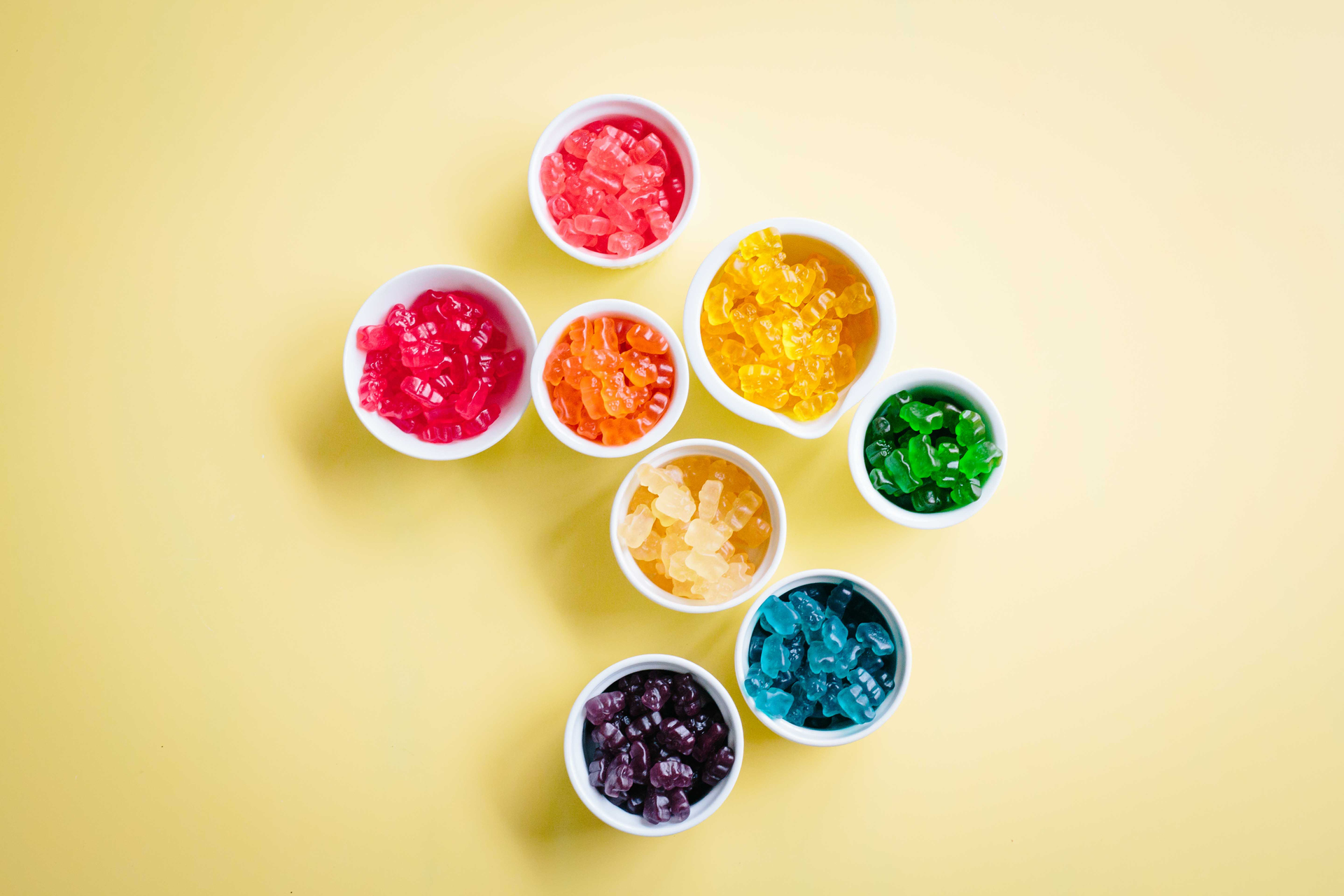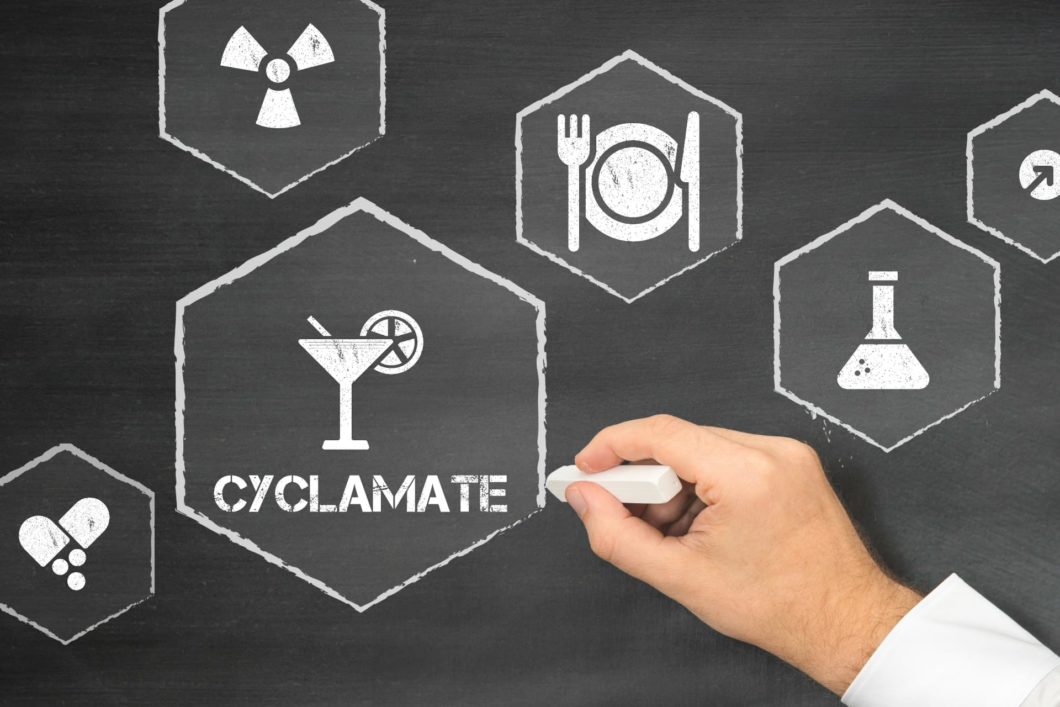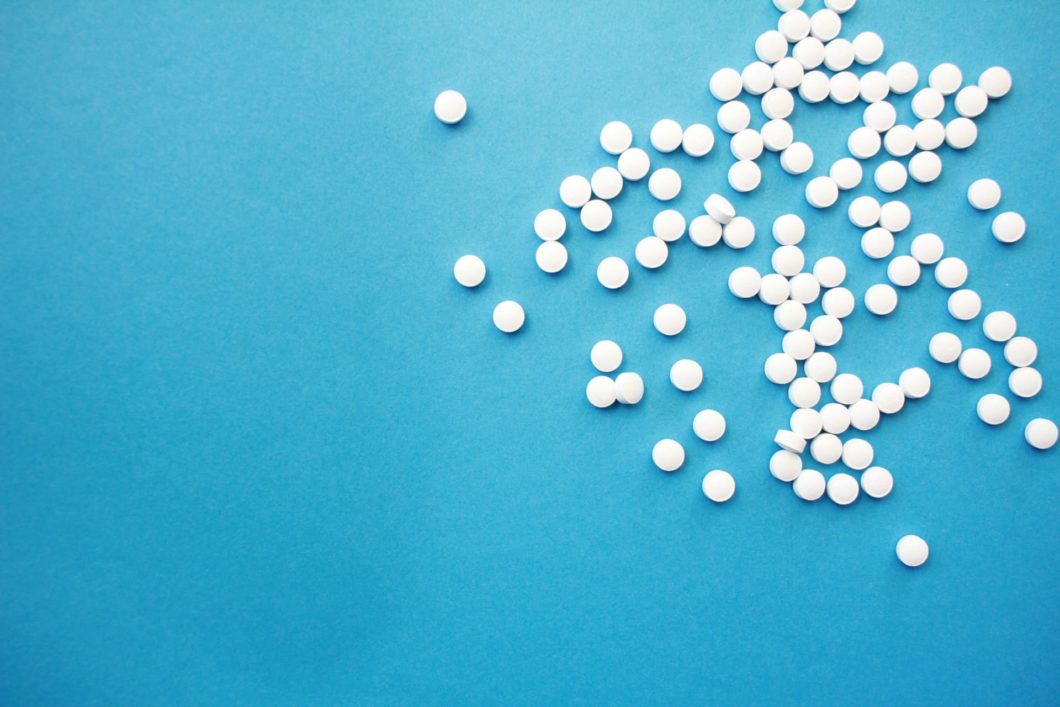Neotame – guide to artificial sweeteners
Product development • Neotame (E 961) is the ‘perfect’ sweetener. At least it was meant to be when the search for a better version of aspartame began thirty years ago. The result is an artificial sweetener with extreme sweetness, sugary taste and no off-flavours. It has no known health problems. And it is more stable than aspartame. Maybe it’s perfect. Or? In this article, you will learn more about this update of a proven sweetener.
The previous article in our guide to artificial sweeteners focused the spotlight on a sweetener that is a better version of aspartame. There is another artificial sweetener that claims the same thing: Neotame. In this article, we put our teeth into this sweetie.
The hunt for a new sweet
The company that accidentally discovered aspartame in the mid-1960s decided 25 years later to find the ‘perfect’ sweetener. This time, nothing was left to chance. The US company devoted seven years of intensive research to the task, ploughing down $ 80 million, and testing 2,500 candidates, before one day finding its winner:
(S)-3-((3,3-Dimethylbutyl)amino)-4-(((S)-1-methoxy-1-oxo-3-phenylpropan-2-yl)amino)-4-oxobutanoic acid
Maybe not the ‘perfect’ name for something you want consumers to put in their mouth. So the sweet substance also got a sweeter name: Neotame.

Benefits of neotame
Neotame is sweet. 7,000 to 13,000 times sweeter than sugar.
It has no unwanted off-taste or aftertaste that many other sweeteners is burden with.
Neotame does not contribute energy (0 kcal), does not affect blood sugar levels (glycaemic index GI is 0) and does not cause caries.
Compared to aspartame, it is cheaper and has several food technology advantages, which we will return to.
How about the health impact? We will return to that too.
But let’s start from the beginning.
NutraSweet’s investment
In the early 1990s, the company NutraSweet launched a comprehensive investment in finding optimal sweetener. It was a competition between two research groups. One was based in Illinois, USA, and was led by NutraSweet’s President, Robert Shapiro. The other was based in France and was led by the chemists Claude Nofre and Jean-Marie Tinti.
After seven years, the American group had found 500 new artificial sweeteners. At the same time, the group in France had found 2,000 new sweeteners, one of which was neotame.
The entire development project cost NutraSweet $ 80 million. No wonder if they saw stevia’s inroads to the sweetening market as a threat.
Manufacturing of neotame
Simplified, neotame can be described as a composition of aspartame and 3,3-dimethylbutyraldehyde.
Aspartame is, as you know, a sweetener produced by allowing the bacterias Brevibacterium flavum and Corynebacterium glutamicum to form amino acids in a fermentation process. These amino acids are then synthesised into aspartame.
3,3-dimethylbutyraldehyde is a clear, light yellow liquid that is highly flammable and irritates the eyes, respiratory system and skin. If there is any consolation, it is manufactured from 3,3-dimethyl-1-butanol, which is found naturally in balsamic vinegar and some cold-pressed oils. On the other hand, the other substances used in the manufacturing process are not as natural:
- Oxalyl chloride which decomposes into hydrochloric acid and oxalic acid in contact with air.
- Dimethyl sulfoxide is a by-product of pulp production.
- Triethylamine produced by alkylation of gasified ammonia with ethanol.
Anyway: With aspartame and 3,3-dimethylbutyraldehyde in place, neotame can be prepared in a single step. Equal parts (in molar mass) of aspartame and 3,3-dimethylbutyraldehyde are dissolved in methanol, after which hydrogen gas is added under pressure in the presence of metal.
The metal, which is often platinum or palladium, acts as a landing site where an aspartame molecule and a 3,3-dimethylbutyraldehyde molecule can settle before joining and becoming neotame. The method is called reductive alkylation.
Methanol is just a solvent. Most of it is removed by distillation, and what remains are separated from the crystals by centrifugation. The neotame crystals are dried and finally ground to a powder.
Metabolism
In the body, neotame is broken down rapidly and completely.
The residual products are de-esterified neotame (92 per cent) and methanol (8 per cent).
80 per cent have left the body the natural way within two days. The rest will follow. 64 per cent via faeces. The rest via urine. Nothing accumulates in the body.
Is neotame safe?
Given that neotame is produced by aspartame, which has a bad reputation, and that the manufacturing process involves many chemicals, you might wonder if it is safe to eat.
Since neotame is modified aspartame, it’s reasonable to believe that neotame, like aspartame, is a source of phenylalanine. Phenylalanine is harmful to people with the disease phenylketonuria (PKU). This is why food and beverages with a phenylalanine source must carry a warning text. However, the 3,3-dimethylbutyraldehyde group prevents the release of phenylalanine in more than negligible amounts.
But the amounts of methanol produced when neotame is broken down in the body are not insignificant. Fortunately, because neotame is used in such small amounts, due to its sweetness, the contribution becomes negligible compared to the quantities of methanol that are naturally present in other food.
So is neotame safe? Yes.
Accepted Daily Intake (ADI)
Neotame was approved for use in food and drink as early as 2002 in the United States. But it was not until 2010 that the European Food Safety Authority (EFSA) was convinced and granted neotame with the E-number 961.
As always, EFSA’s approval comes with strict rules on use and quantities. These are based on an acceptable daily intake (ADI) of 2 milligrams per kilogram of body weight. It sounds little, but it is practically impossible to get close to because neotame is so sweet that only small amounts can be used.
Neotame adds flavour to life
Neotame is a white powder that is 7,000 to 13,000 times sweeter than regular sugar, and 30 to 70 times sweeter than aspartame.
It has a sweetness that comes with a little delay but stays the longer. It is perceived as clear and sugar-like, without off-taste or unwanted aftertaste.
Neotame can even reduce the bitterness of other ingredients – such as caffeine and soy.
In addition, neotame can enhance the flavours of ingredients such as mint, vanillin, cocoa and yoghurt.
Sweet plus sweet becomes more than extra sweet
In an experiment, neotame was blended with saccharin. The blend gave a sweetness that was as much as 14 to 24 times greater than what can be predicted from the individual sweeteners’ own sweetness. Sweet plus neotame simply becomes more than extra sweet.
Neotame can also be used in this way with other sweeteners, for example, aspartame, acesulfame K and sucralose.

Neotame compared to aspartame
Neotame can be thought of as aspartame minus the disadvantages plus many new benefits. Therefore, it is natural to compare the two. How does neotame compare to aspartame? Very well, it turns out.
In addition to the high sweetness, sugar-like taste and lack of known health disadvantages, neotame has several food technology advantages over aspartame.
Neotame is more stable than aspartame; it withstands heat, moisture and acidic environments better than aspartame. An example: After eight weeks, 90 per cent of neotame remains in beverages with a pH of 3.2. As a dry powder, neotame excels, even in mixtures with other ingredients such as glucose and maltodextrin.
Neotame dissolves similar to aspartame, but at a much faster pace.
Benefits of neotame
Let’s summarise the benefits of neotame:
- It is 7,000 to 13,000 times sweeter than regular sugar
- It adds no energy (0 kcal)
- It has no effect on blood sugar level (GI = 0)
- It does not cause caries
- It’s cheap. The cost of neotame is 1 per cent of the cost of the amount of sugar required to provide the same sweetness.
- The taste is pure and sugar-like, without off-taste or unwanted aftertaste.
- It can handle heat, moisture and acid better than aspartame.
- It dissolves quickly in liquid.
Disadvantages of neotame
However, neotame is not entirely without disadvantages:
- Its extreme sweetness makes it difficult to dose correctly.
- Its aspartame heritage gives negative associations.
- Its sweetness is delayed compared to sugar.
- Its sweetness lingers longer than sugar.
Alternatives of natural origin to neotame
Neotame is in many respects a better sweetener than aspartame, from which it is derived and intended to replace. But the association with aspartame is also its Achilles heel.
More and more consumers are paying more and more attention to the content of food and drink they consume. Then the relationship with aspartame is a burden, as are the chemical processes used to make the artificial sweetener.
For food producers who protect their brand, it may be better to choose a sweetener of natural origin. In practice, it means steviol glycosides that are extracted from the stevia plant in a way that is reminiscent of how regular sugar is extracted from sugar beets.
When steviol glycoside was approved in the EU, the year after neotame, the noticeable bitter off-taste and liquorice-like aftertaste of the first stevia extracts was putting off some buyers. Since then, plant breeding and improved extraction technology have given us stevia extracts with very little off-taste, or no at all. In particular, Reb M has a pure and sugar-like taste as neotame.
Contact us if you want a sample of Reb M or want to discuss how we can help you reduce sugar in your food.
Please, share this article if you liked it.
[et_social_share]











